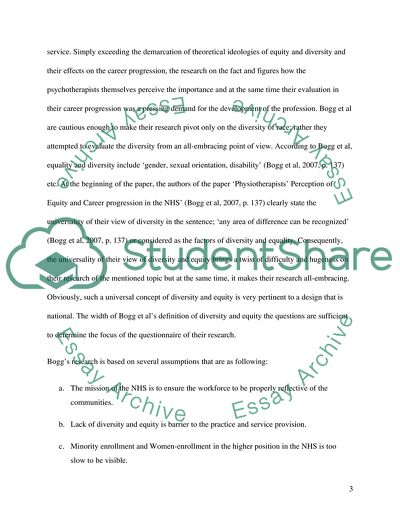Cite this document
(Physiotherapist's Perceptions of Equity and Career Progression in the Literature review, n.d.)
Physiotherapist's Perceptions of Equity and Career Progression in the Literature review. Retrieved from https://studentshare.org/psychology/1720635-a-critical-review-of-physiotherapists-perceptions-of-equity-and-career-progression-in-the-nhs
Physiotherapist's Perceptions of Equity and Career Progression in the Literature review. Retrieved from https://studentshare.org/psychology/1720635-a-critical-review-of-physiotherapists-perceptions-of-equity-and-career-progression-in-the-nhs
(Physiotherapist'S Perceptions of Equity and Career Progression in the Literature Review)
Physiotherapist'S Perceptions of Equity and Career Progression in the Literature Review. https://studentshare.org/psychology/1720635-a-critical-review-of-physiotherapists-perceptions-of-equity-and-career-progression-in-the-nhs.
Physiotherapist'S Perceptions of Equity and Career Progression in the Literature Review. https://studentshare.org/psychology/1720635-a-critical-review-of-physiotherapists-perceptions-of-equity-and-career-progression-in-the-nhs.
“Physiotherapist'S Perceptions of Equity and Career Progression in the Literature Review”, n.d. https://studentshare.org/psychology/1720635-a-critical-review-of-physiotherapists-perceptions-of-equity-and-career-progression-in-the-nhs.


